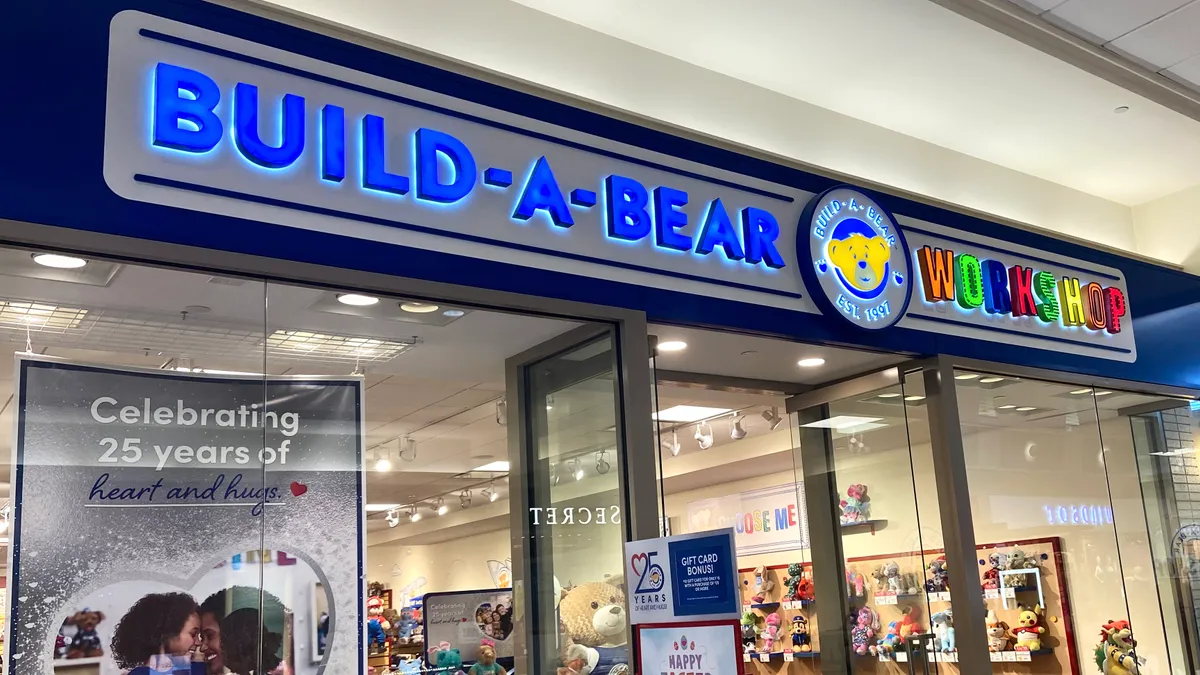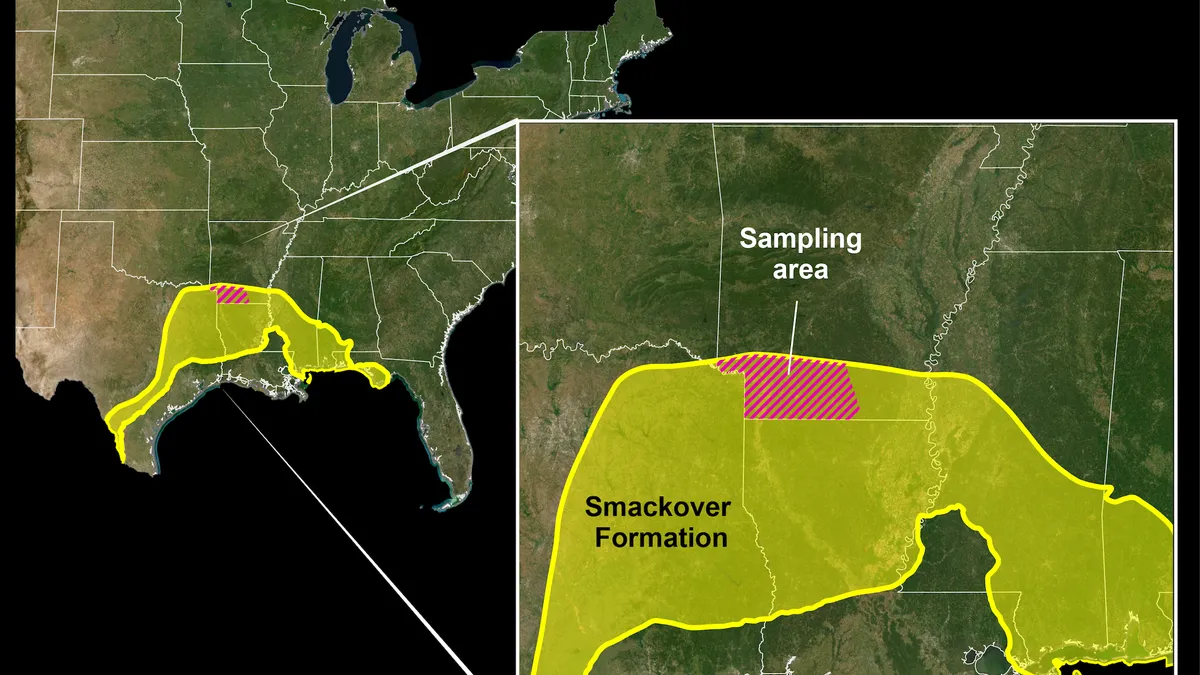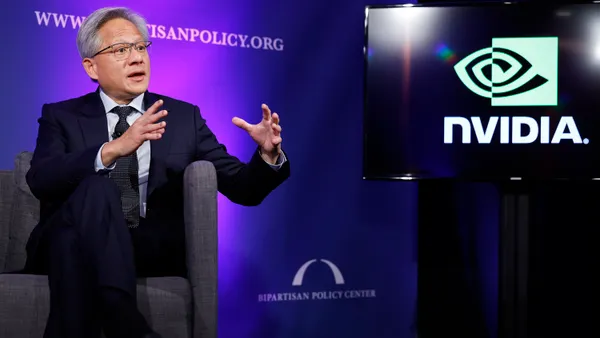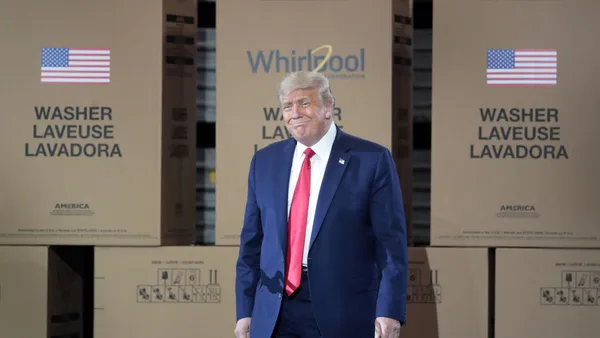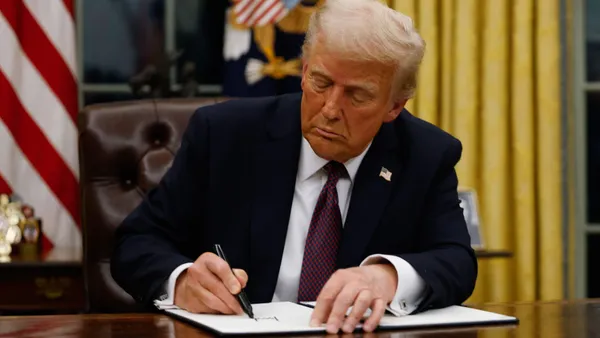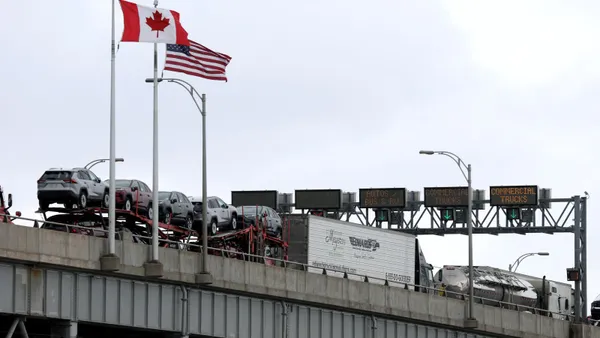Dive Brief:
- Build-A-Bear Workshop is pulling forward inventory purchases, especially for core products, to mitigate the impact of tariffs from the Trump administration, CFO Voin Todorovic said during a March 13 earnings call.
- The stuffed animal retailer has collaborated with partners to diversify its supply chain and expand its factory base to manage costs since President Donald Trump’s first term, per Todorovic. This year, Build-A-Bear expects less than 50% of its U.S. inventory to be shipped from China.
- The company will work with its partners and vendors to be more efficient in the face of tariffs, the CFO said, noting that it would raise prices as a last resort.
Dive Insight:
Bringing in more core products, or goods that are sold year-round, earlier gives Build-A-Bear “flexibility” to address potential tariff impacts, Todovoric explained to analysts in December.
The company is also better situated to handle tariffs because of the current makeup of its sourcing operations, Todovoric said earlier this month.
“Our teams have done [a] tremendous job working with our partners to mitigate costs to really diversify our supply chain and to expand our factory base, both to mitigate costs, but also to help grow our business internationally as we have been focused on that aspect of the business,” Todovoric said.
Build-A-Bear primarily contracts with factories in China, Vietnam and the U.S., and relies on five vendors for roughly 73% of its sourcing, according to its 2023 ESG report. The company had not published a 2024 version of the report as of press time.
The retailer’s supplier factories operate their own production facilities and collaborate with other manufacturers to produce goods, including component parts and materials needed for Build-A-Bear products.
From there, goods are shipped to warehouses and retail locations within Build-A-Bear’s footprint. The retailer’s global inventories and distribution move through its “Bearhouse” facility in Ohio, two third-party warehouse and distribution centers in the United Kingdom and China, and one in California.
“I believe we have [a] strong team in place to help manage these things,” the CFO said of tariffs and the company’s sourcing diversification efforts, “but at the same time, it is very challenging to manage things that keep moving as we go along.”
This story was first published in our Procurement Weekly newsletter. Sign up here.



